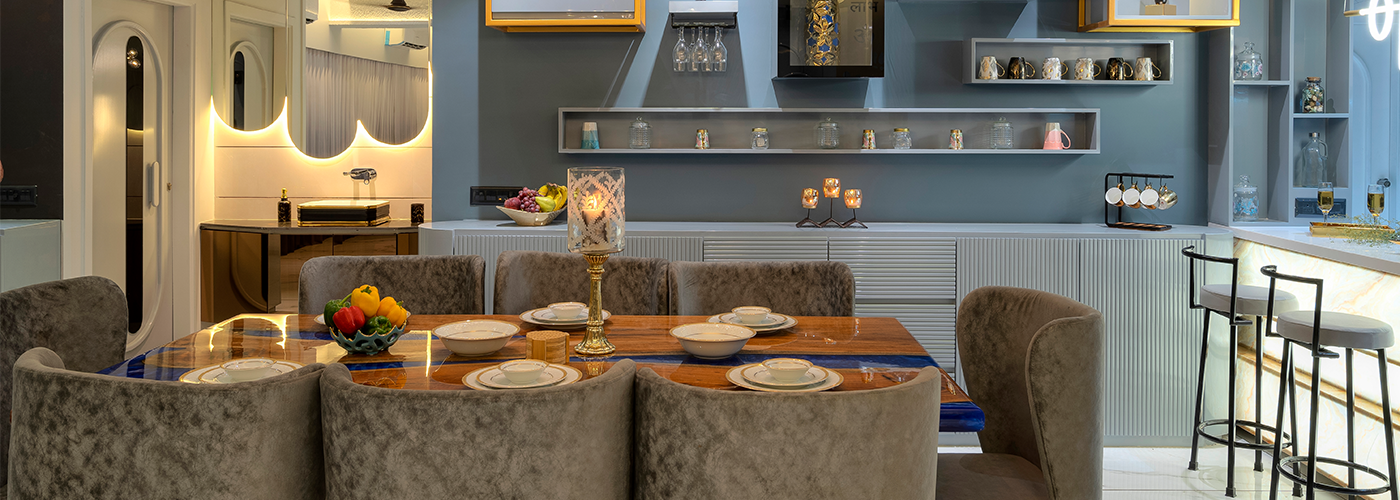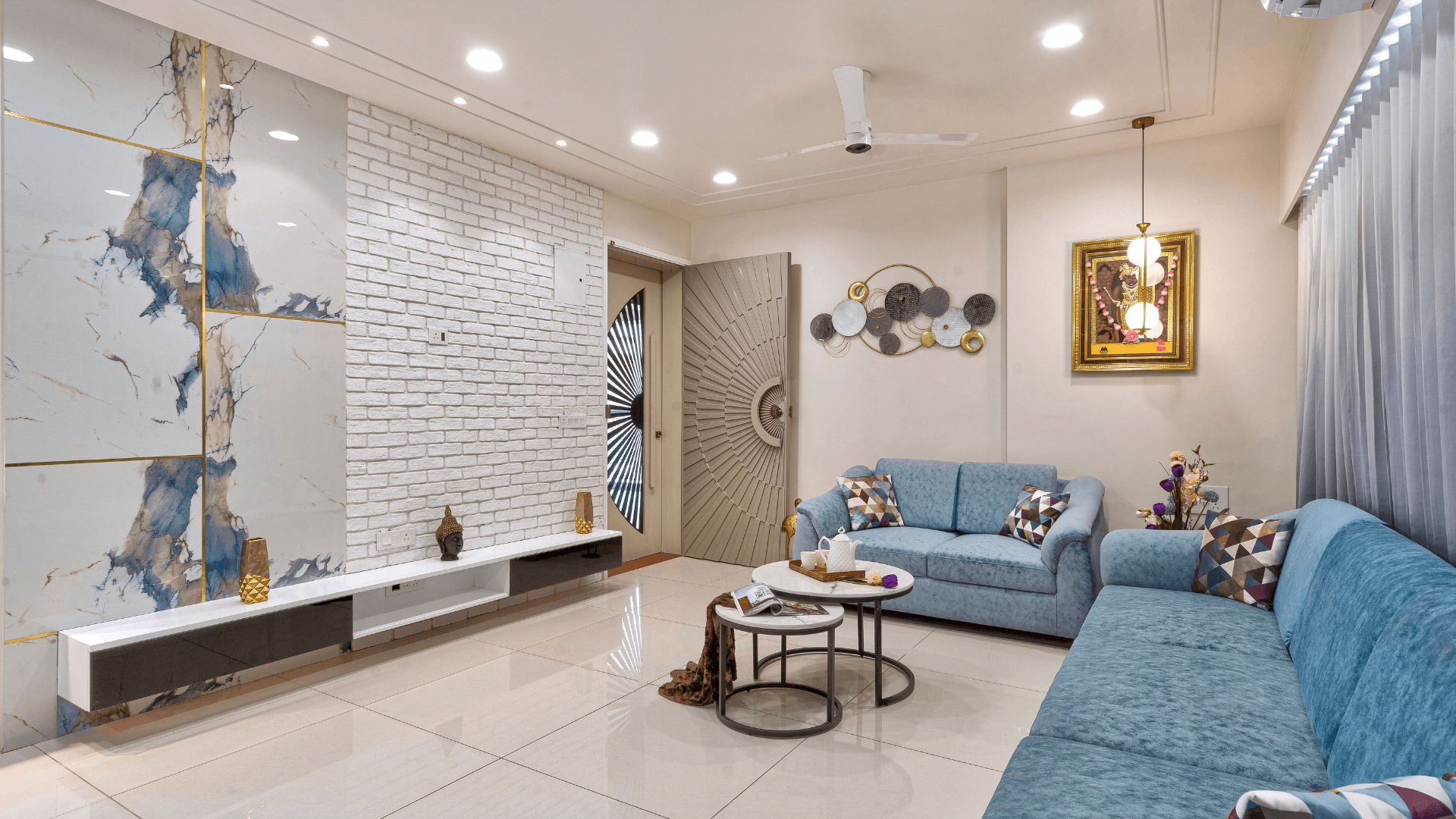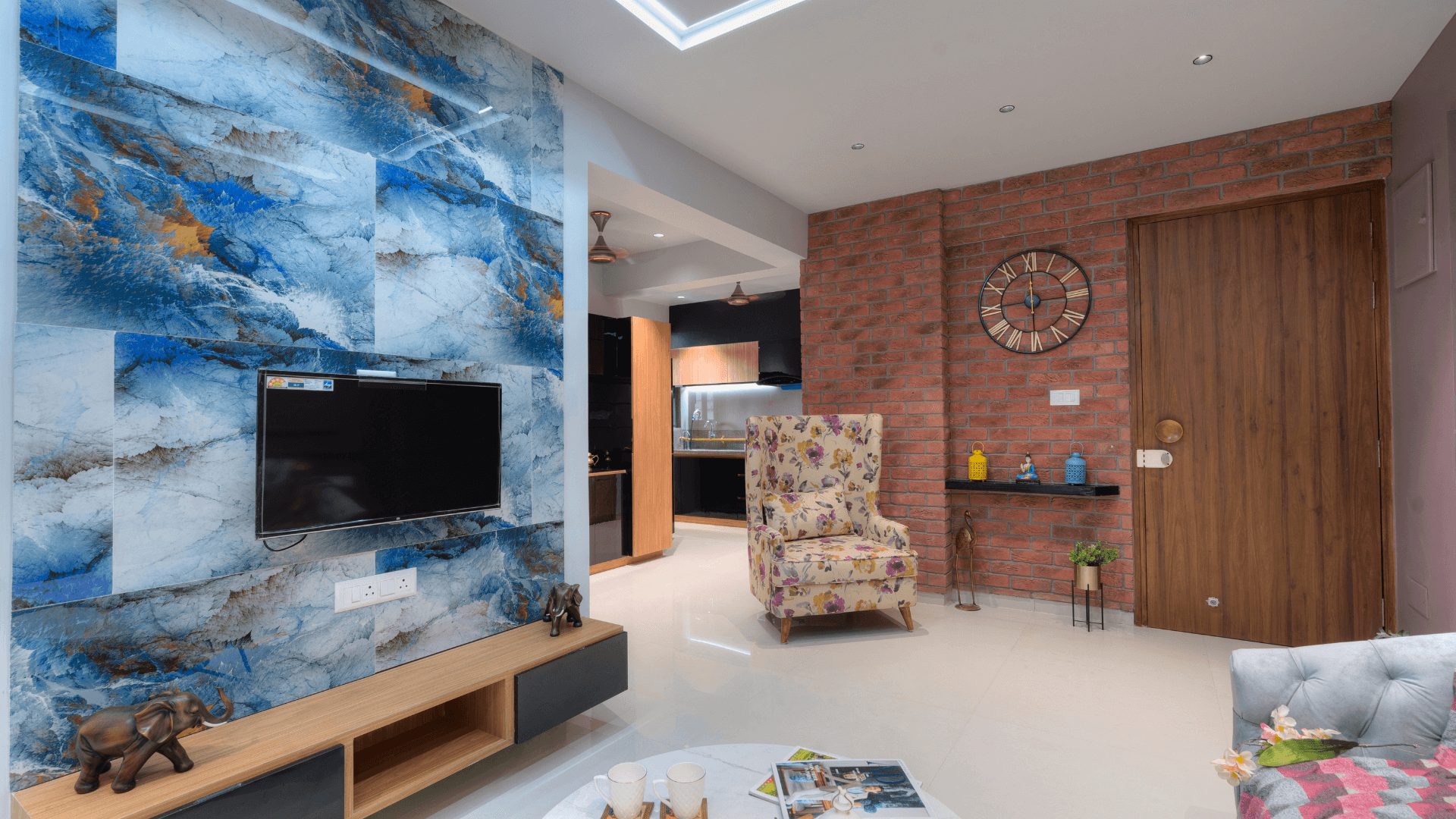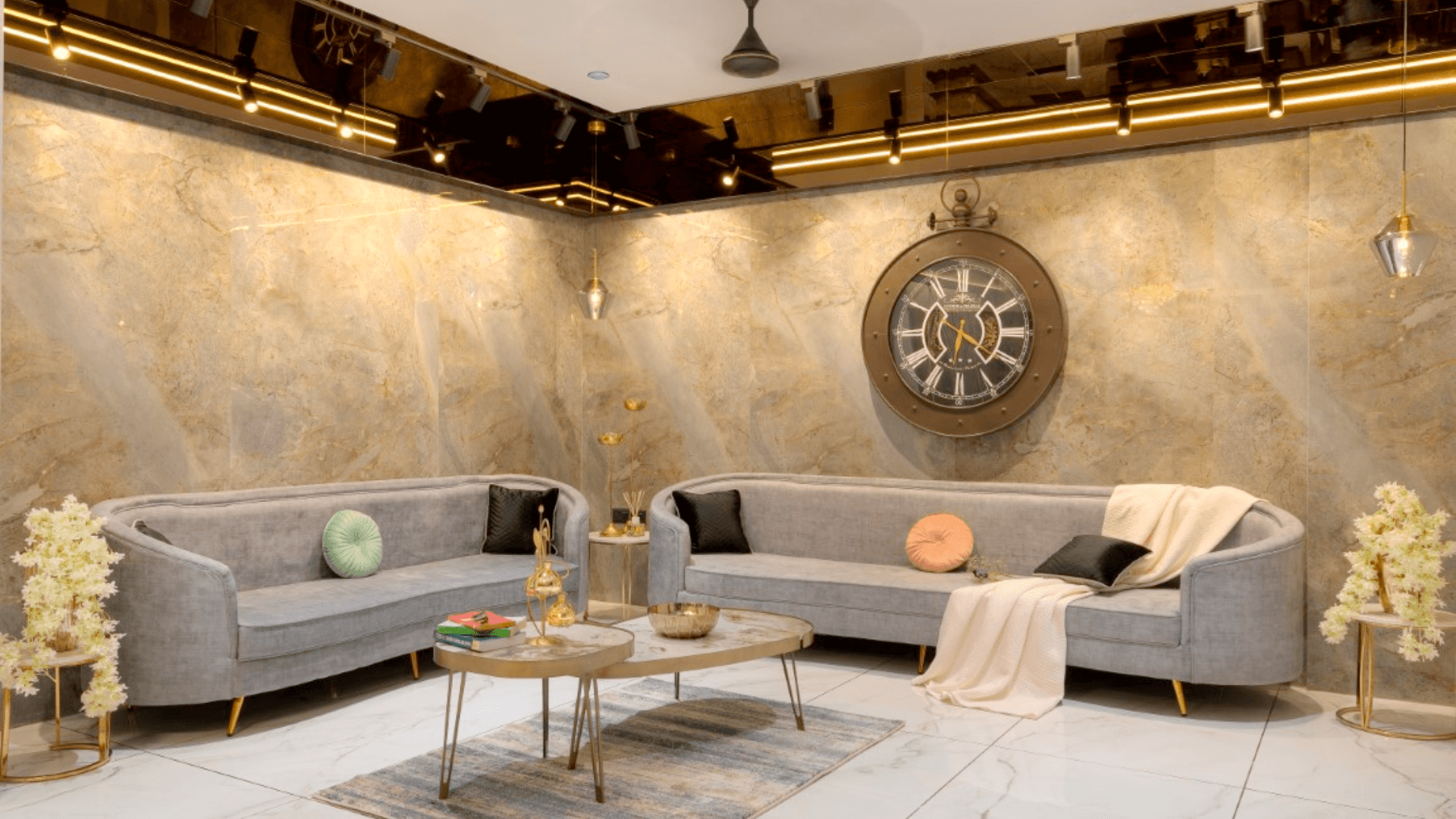Turnkey
Projects

The Role of An
Interior Designer
Turnkey projects are a popular method of project delivery in the construction industry. A turnkey project is a complete project, delivered to the client fully functional and ready for use. In other words, the project is “turnkey” because the client can simply turn the key and start using the facility or product.
A turnkey project typically involves a single contractor who assumes responsibility for designing, building, and commissioning the project. This means that the contractor is responsible for all aspects of the project, from the initial design to the final commissioning and testing.
Benefits of An
Turnkey Projects
01.
Single Point of Contact
One of the biggest benefits of a turnkey project is that the client only needs to deal with a single point of contact throughout the entire project. This eliminates the need for the client to coordinate with multiple contractors and subcontractors, saving time and reducing the risk of miscommunication.
02.
Cost Savings
Turnkey projects can be more cost effective than traditional construction projects because the contractor can optimize the project design and construction methods to reduce costs. Additionally, because the contractor is responsible for all aspects of the project, they are motivated to deliver the project on time and within budget.
03.
Time Savings
Because turnkey projects are designed, built, and commissioned by a single contractor, the project timeline can be shortened. This is because the contractor can start construction earlier in the design process, reducing the overall project timeline.
04.
Reduced Risk
The contractor assumes all the risks associated with the project, including any construction delays, cost overruns, and design errors. This can provide peace of mind for the client, who can focus on other aspects of their business while the project is being delivered.
The Process of
Turnkey Project
The process of interior design typically involves several stages. The first stage is the initial consultation, during which the designer will meet with the client to discuss their needs and preferences. The designer will then create a design concept, which will include sketches, floor plans, and 3D renderings. Once the design concept is approved, the designer will create detailed drawings and specifications, which will be used to guide the construction or renovation process.
During the construction or renovation process, the designer will work closely with contractors and suppliers to ensure that everything is done correctly. They will also oversee the installation of all fixtures and furnishings, and make sure that everything is finished to their exact specifications.
BUID YOUR
DREAM SPACE
Turnkey Project Process
01.
Project Planning
The first step in a turnkey project is planning. The contractor will work closely with the client to establish the project’s objectives, requirements, and constraints. During this phase, the contractor will assess the site and prepare a preliminary design, including site plans and drawings.
02.
Design Phase
Once the project’s objectives and requirements are established, the contractor will proceed to the design phase. During this phase, the contractor will refine the initial design and prepare detailed design drawings, specifications, and cost estimates. The contractor will also submit the designs for approval by the client.
03.
Procurement and Construction
After the design phase, the contractor will proceed to procure the necessary materials and equipment and begin construction. During this phase, the contractor will oversee all aspects of the project, including site preparation, excavation, foundation work, framing, electrical, plumbing, HVAC, and finishing work.
04.
Final Inspection and Handover
Once construction is complete, the contractor will conduct a final inspection of the project to ensure it meets all requirements and specifications. The contractor will then hand over the project to the client, including all relevant documentation, such as warranties and maintenance manuals.
FAQs
A turnkey project is a type of project where the contractor or provider is responsible for the entire project, from design to completion. This means that they handle every aspect of the project, including planning, design, procurement, construction, and commissioning.
Turnkey solutions are suitable for a wide range of projects, including construction projects, infrastructure projects, and technology projects. Examples of turnkey projects include building construction, road construction, and software development.
The role of the client in a turnkey project is to provide the contractor or provider with their requirements and specifications. They may also be involved in reviewing and approving the design and other aspects of the project.
To find a reputable turnkey project provider, you can conduct research online, ask for referrals from other businesses or industry contacts, and check the provider's credentials and references. It's important to work with a provider who has a proven track record of successful turnkey projects.
The timeline for a turnkey project can vary depending on the scope and complexity of the project. However, turnkey projects are often completed faster than traditional projects, and the timeline is typically agreed upon and outlined in the contract.
If there are issues with the project, the turnkey project provider is responsible for resolving them. This is one of the advantages of a turnkey project, as the provider is responsible for ensuring the project is completed to the client's satisfaction.
Some examples of successful turnkey projects include the construction of the Burj Khalifa in Dubai, the development of the Panama Canal, and the implementation of an enterprise resource planning (ERP) system for a large corporation.
Yes, turnkey projects can be customized to meet specific requirements. The provider will work with the client to ensure that their needs and specifications are met and may make adjustments to the design and other aspects of the project as needed.
Turnkey project delivery is suitable for a wide range of projects, including residential, commercial, industrial, and infrastructure projects.
In traditional project delivery methods, the client is responsible for managing multiple contractors and vendors for various aspects of the project, such as design, construction, and procurement. With turnkey project delivery, the contractor is responsible for managing the entire project, from design to construction and final handover.
Turnkey project delivery offers several benefits for clients, including a single point of contact, reduced risk, improved cost control, and faster delivery.






